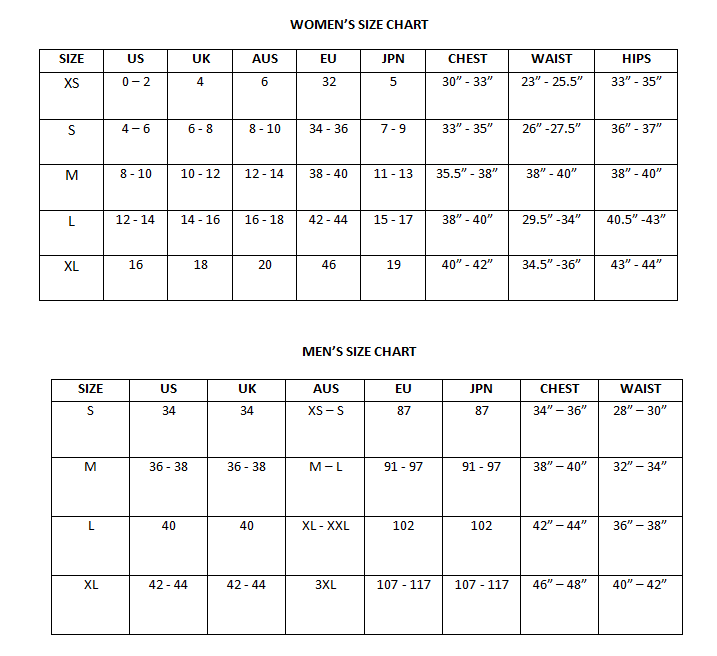FREE SHIPPING
Free shipping on all US order or order above $200

All orders shipped with UPS Express.
Always free shipping for orders over US $250.
All orders are shipped with a UPS tracking number.
Items returned within 14 days of their original shipment date in same as new condition will be eligible for a full refund or store credit.
Refunds will be charged back to the original form of payment used for purchase.
Customer is responsible for shipping charges when making returns and shipping/handling fees of original purchase is non-refundable.
All sale items are final purchases.
Give us a shout if you have any other questions and/or concerns.
Email: [email protected]
Phone: +1 (23) 456 789
| label | Ulmus parvifolia |
|---|---|
| Nom commun | Chinese Elm |
| Genre | Ulmus |
| Espèce | Ulmus parvifolia |
| Germination | Fill a planting tray with potting soil. Use a sandy or loamy potting soil that drains well and doesn?t retain water. The planting tray should also have holes in the bottom to help with drainage. Place the seeds on top of the potting soil at regular intervals, leaving two to three inches of space between each seed. Cover the seeds with more potting soil to a depth of 1/4 inch. Water the potting soil in the planting tray as soon as you?ve finished sowing the seeds. Continue to add water until the soil is fully saturated and water begins to run from the drainage holes in the bottom of the tray. Place the planting tray in a cold frame or greenhouse in a warm area that gets plenty of direct sunlight. The seeds should start to germinate within a few days. Keep the seeds in the greenhouse or frame through the winter, watering them whenever the soil becomes dry to the touch. Repot the seedlings when they grow to a height of about 6 inches, usually toward the end of the following growing season. Divide the seedlings and repot them into their own containers. Keep the repotted plants in the greenhouse or frame during the following winter. Plant the seedlings in the garden during the late spring or early summer. Choose a planting location that is in partial shade or fully exposed to sunlight. Ulmus parvifolia is adaptable and grows well in most types of soil -- from light and sandy soil to heavier clay soil -- providing it is well-drained. The tree is drought tolerant, and shouldn't require additional watering or fertilizing once planted in its permanent location. |
| Price View | Price Range |
Free shipping on all US order or order above $200
Contact us 24 hours a day, 7 days a week
Simply return it within 30 days for an exchange.
We ensure secure payment with PEV